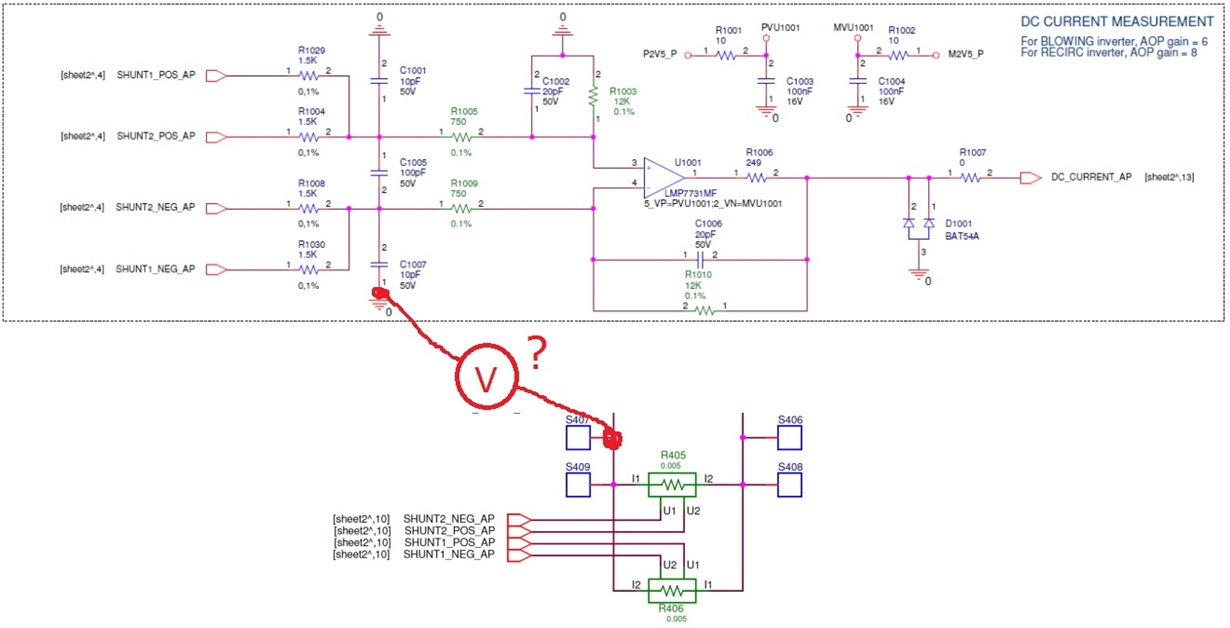I am having some issues with this amplifier.
Application: shunt voltage (low resistance 0.05Ohms) differential input amplifier with gain=8. The schematics can be shared if needed.
Symptoms on failing unit:
- Random or permanent failure on final application
- Gain variations are observed
- Input currents are 1000 times bigger than expected by datasheet on IN+
- Thermal analysis shows temperature variation during failures
- Power supplies on application (+2.5VDC, -2.5VDC) have been verified
- During failure mode, I observe power supply consumption variation.
- One fail component shows a non-linear response (almost constant output) for low input voltages in linear non-inverting configuration. It was compared with a new brand component.
Thanks for your support
Roberto


